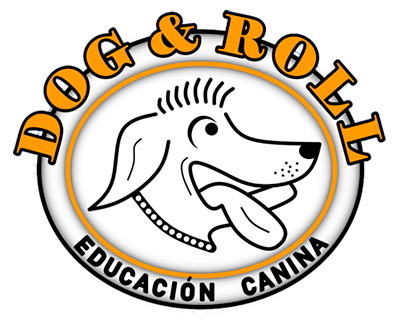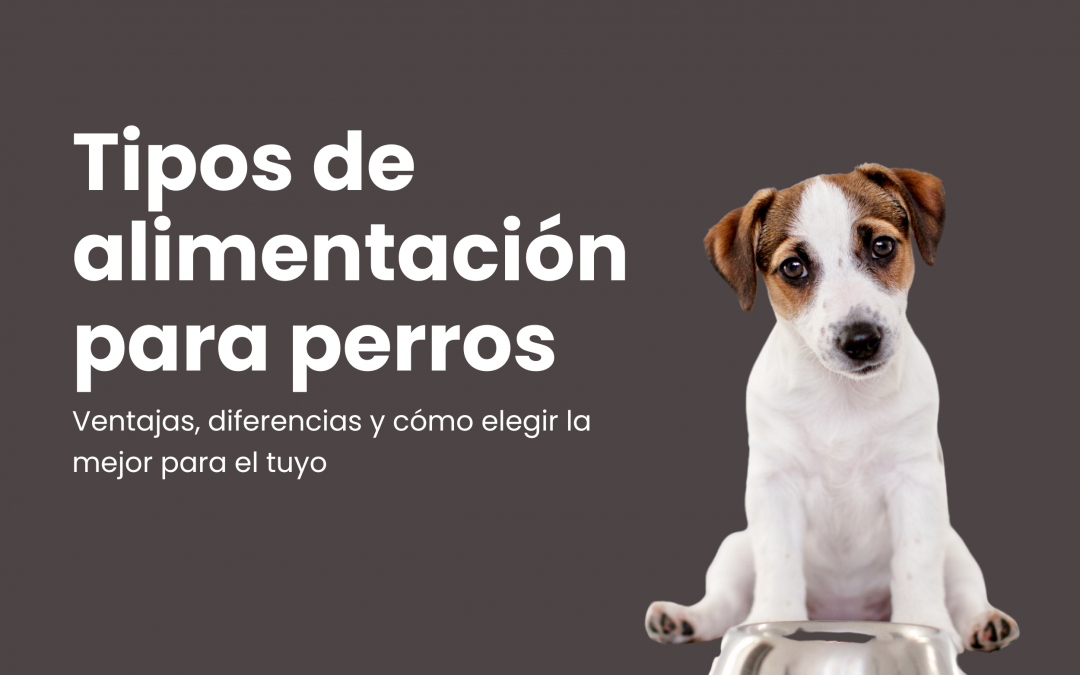Are you confused about how many different types of dog food there are? That’s normal, but you’ve come to the right place. I’m Janusz, a dog trainer in Mallorca, and today I’m going to explain the different types of dog food, with their pros and cons, so you can identify which one is best for your dog and your lifestyle. More and more people are interested in improving their dogs’ diets, which is good news. But the reality is that many owners focus only on which brand of food to buy and forget about everything else.
More and more people are interested in improving their dogs’ diets, which is good news. But the reality is that many owners focus only on which brand of food to buy and forget about everything else: how meals are distributed, how much food is used for training, or whether it makes sense to use supplements. All of these factors also influence your dog’s health and behaviour.
Today I want to tell you, clearly and without idealisation, what the most common types of dog food are, and what to consider knowing if you are doing the best for your dog.
Commercial diets vs home-cooked meals
We can divide dog food into two main groups:
- Commercial diets: any processed and packaged food you buy (dry, wet, semi-moist, dehydrated feed, etc.)
- Homemade food: prepared at home, with fresh ingredients, adapted to the dog, and cooked (or not) by the owner.
Both options can be good if done right, but they can also be disastrous if they do not meet the dog’s needs or if they are poorly balanced.
Most common types of dog food
Below is a summary of the main types of dog food currently available:
1. Dry feed – types of feed
It is the most widely used. It is convenient, easy to store, ideal for large portions or for working with dogs during the day. However, as it is highly processed, it is not always the best option in the long term. In addition, it must be stored properly to prevent oxidation or contamination.
2. Semi-moist feed
Softer and more appetising than dry food. It is very useful as a treat or for dogs with poor appetites. However, it is still a processed food, with more moisture but a shorter shelf life once opened.
3. Wet food
It has a higher water content and is usually very appealing to dogs. It works very well as an occasional treat or for mixing, although it can be less practical if not stored properly.
4. Dehydrated or freeze-dried food
It keeps well, contains high-quality ingredients and is usually rehydrated with water before serving. A good alternative to feed, but less manageable as a treat.
5. BARF (biologically appropriate raw food)
Based on raw meat, bones and vegetables. Very tasty and appetising, but more complex to store, transport and balance correctly. Requires knowledge and close attention to the cold chain.
6. Home-cooked meals – types of food
It allows complete control over ingredients, but also involves more time, cost, and risk if not balanced correctly. It requires professional supervision to avoid nutritional deficiencies.
Food supplementation in dogs – types of feeding
There is increasing talk about supplements for dogs. Some may be useful, but not all dogs need them, nor do they need them all the time. I always recommend consulting a professional before incorporating any product.
Some common supplements for dogs:
- Chondroprotectors: for joints.
- Trace elements and vitamins: only if there is a genuine deficiency or on veterinary advice.
- Liver and kidney protectors: in dogs with specific diseases.
- Tryptophan: linked to stress regulation and, in some cases, improved behaviour.
Remember: not everything that is natural is harmless. More is not always better.
So… what is the best diet for your dog?
There is no single answer. Every dog has a different activity level, metabolism, environment and relationship with food.
Si tienes dudas, puedes escribirme y lo vemos juntos. No se trata de elegir la marca “más cara” o “más natural”, sino de adaptar la alimentación a tu perro, a tu estilo de vida y a lo que queréis conseguir juntos. Si te interesa el mundo canino, consulta nuestro post sobre la castración en perros, seguro que te sorprende.
Follow me on social media for more tips and useful information that may be helpful to you and your dog. Best regards!

